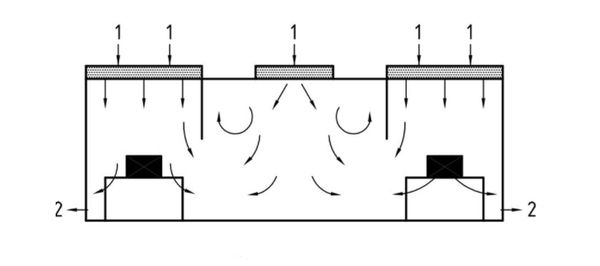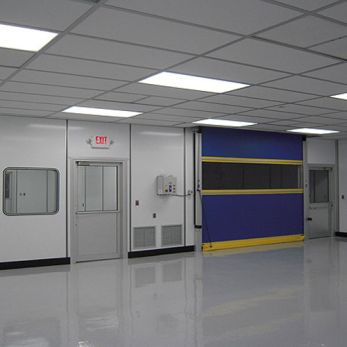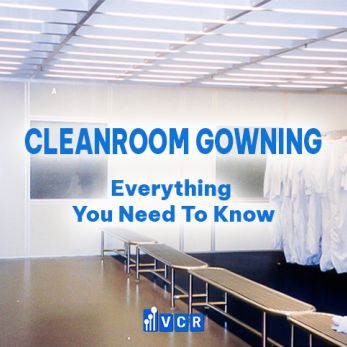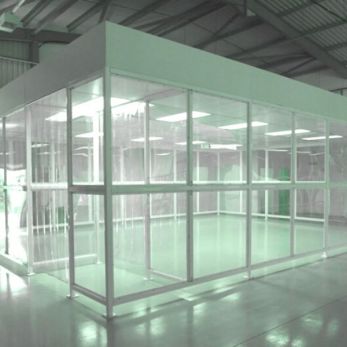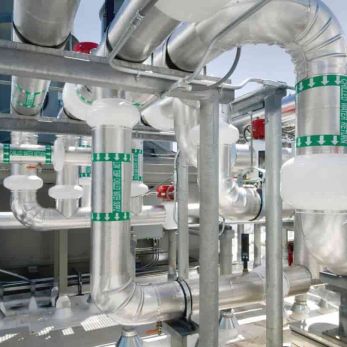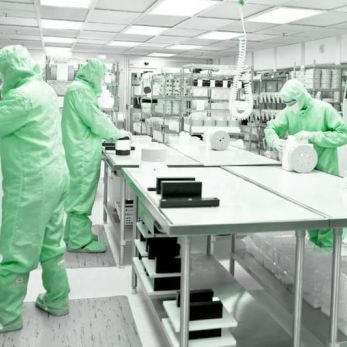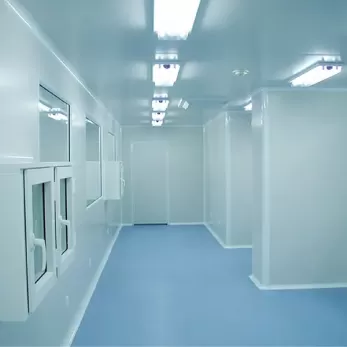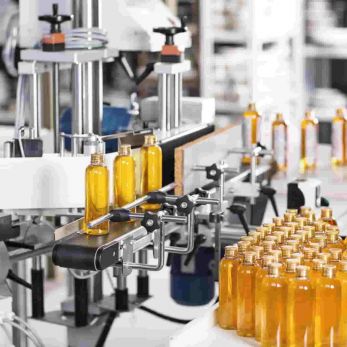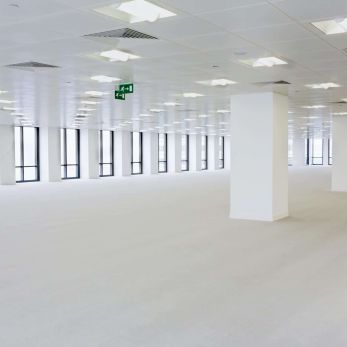Relationship between the number of air changes and cleanroom cleanliness?
First of all we find out what is the number of air exchanges? What is the relationship between the number of air changes and clean room cleanliness? The number of air exchanges in the clean room in English are called
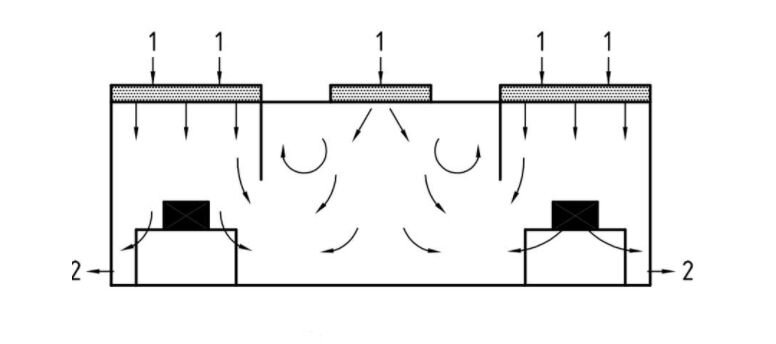
First of all we find out what is the number of air exchanges? What is the relationship between the number of air changes and clean room cleanliness?
The number of air exchanges in the clean room in English are called "" Air Change Rates - ACH "or" Air change ", which is a multiple of the volume of clean air in the room and its units are times / h. If the amount of air passing in an hour is equal to the volume of the room, then the number of air changes is 1 / h, etc., the number of air changes is * an exact parameter that determines the cleanliness level of the cleanroom. mixture.
In the practical range, cleanliness increases as the number of air exchanges increases. "The relationship between the number of air changes and a dust concentration in the cleanroom is linear (assuming that the particles are evenly distributed in the room) and the fault line (the particles are practically not evenly distributed in the room. ) on double logarithmic paper The relationship curve between the number of air changes and clean room level in a clean room with turbulent flow under dynamic (working) conditions.
This shows that the larger the number of air changes, the higher the cleanliness level.
The number of air changes can be calculated by a formula based on the level of air cleanliness required, the number of people in the room, the size of the room, the amount of other dust generated in the room, and the proportion of fresh, solid air. especially under dynamic conditions. The "Clean Workshop Design Rule" and GMP (1992) have stated the minimum number of air changes under dynamic conditions, namely 20 times for ISO class 10,000 and 5 times for ISO class 100,000. Since the testing is performed under static conditions during acceptance, the cleanliness is generally very high. Easy to achieve. Currently the GMP requires that the level of cleanliness be achieved under static conditions, how do I determine * lower frequency of air change? From line c in Figure 4-1, it can be seen that at 20 air changes per hour, the indoor dust concentration is 33 particles / L, which means It reaches 1 Dc0; When the air exchange frequency is 15 times / h, the indoor dust concentration is 40 particles / L, which is 10,000. The number of air changes less than 10 times / h can be up to 10 thousand.
It can be seen that the number of air changes to reach each level under static conditions can vary greatly, and a good value can be very low. Furthermore, the actual number of air changes used is often much higher than the specified value. Therefore, as a standard response to the most important parameter to ensure cleanliness, the number of air changes, a reasonable value is a little safer and can basically meet the requirements. by doing so.
Vietnam Clean room equipment (VCR) specializes in providing clean room equipment for construction contractors, we provide quality products with competitive prices and large quantities nationwide. The equipment we provide diverse include:
Differential pressure gauge, FFU Fan Filter Unit, Pass box, Clean room air filter, HEPA box, Clean booth, clean room steel door, Isolator cabinet and other equipment
For details, please refer to Vietnam cleanroom equipment official website
https://en.vietnamcleanroom.com






